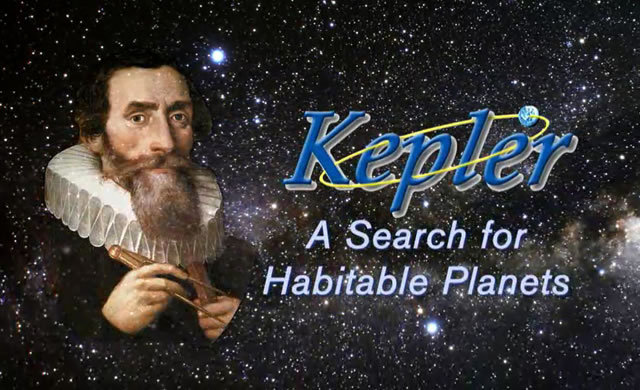
La Teoria della Panspermia mi affascina profondamente, lo ammetto. Siamo fatti di materiale stellare, questo è certo. E se questi stessi ingredienti si fossero originati in un unico posto nell’universo e fossero stati poi trasportati da un posto all’altro originando così la vita, come noi la conosciamo, anche su altri pianeti? Si potrebbe ipotizzare una sorta di pacchetto “vita” condiviso da più parti nel cosmo? Cos’è quindi la teoria della Panspermia? Non essendo argomento dibattuto nelle comuni conversazioni, ecco alcuni punti base della scienza e degli studi, anche piuttosto estremi, che ne descrivono l’ipotetico meccanismo. Di Panspermia parlerò ancora molto su questo blog.
DENEB Official ©
“Una volta che tutti i nostri tentativi di ottenere materia vivente da materia inanimata risultino vani, a me pare rientri in una procedura scientifica pienamente corretta il domandarsi se la vita abbia in realtà mai avuto un’origine, se non sia vecchia quanto la materia stessa, e se le spore non possano essere state trasportate da un pianeta all’altro ed abbiano attecchito laddove abbiano trovato terreno fertile.”
(Hermann von Helmholtz)
Panspermia
La panspermia è una teoria che suggerisce che i semi della vita (in senso ovviamente figurato) siano sparsi per l’Universo, e che la vita sulla Terra sia iniziata con l’arrivo di detti semi e il loro sviluppo. È implicito quindi che ciò possa accadere anche su molti altri pianeti. Per estensione, semi si potrebbero considerare anche semplici molecole organiche.
La teoria ha le sue origini nelle idee di Anassagora, un filosofo greco, e si è rivitalizzata a partire dall’Ottocento con Lord Kelvin, con il fisico Hermann von Helmholtz e, nei primi decenni del Novecento, con il chimico e premio Nobel svedese Svante Arrhenius, mentre nell’ultimo quarto del XX secolo il testimone è passato agli astronomi Fred Hoyle e Chandra Wickramasinghe.
Panspermia guidata (o Panspermia diretta)
Francis Crick, assieme a Leslie Orgel, nel 1960 iniziarono a speculare sull’origine del codice genetico. Agli inizi degli anni settanta Crick e Orgel andarono oltre in queste speculazioni e in particolare sulla possibilità che la produzione di un sistema molecolare vivente deve essere stato un evento molto raro nell’universo e che tuttavia una volta posto in essere esso possa essere stato diffuso da un forma di vita intelligente attraverso una tecnologia che consenta viaggi nello spazio; tale processo fu definito “panspermia guidata”. Più tardi Crick dichiarerà di essere stato eccessivamente pessimista circa le possibilità di un’origine terrestre della vita.
Panspermia (Greek: πανσπερμία from πᾶς/πᾶν (pas/pan) “all” and σπέρμα (sperma) “seed”) is the hypothesis that life exists throughout the Universe, distributed by meteoroids, asteroids and planetoids.
Panspermia proposes that life forms that can survive the effects of space, such as extremophiles, become trapped in debris that is ejected into space after collisions between planets that harbor life and Small Solar System Bodies (SSSB). Bacteria may travel dormant for an extended amount of time before colliding randomly with other planets or intermingling with protoplanetary disks. If met with ideal conditions on a new planet’s surfaces, the bacteria become active and the process of evolution begins. Panspermia is not meant to address how life began, just the method that may cause its sustenance. The related but distinct idea of ‘exogenesis’ (Greek: ἔξω (exo, “outside”) and γένεσις (genesis, “origin”)) is a more limited hypothesis that proposes life on Earth was transferred from elsewhere in the Universe but makes no prediction about how widespread it is.
Directed panspermia
Directed panspermia concerns the deliberate transport of microorganisms in space, sent to Earth to start life here, or sent from Earth to seed new solar systems with life. The Nobel prize winner Francis Crick, along with Leslie Orgel proposed seeds of life may have been purposely spread by an advanced extraterrestrial civilization, but considering an early “RNA world” Crick noted later that life may have originated on Earth.
Conversely, active directed panspermia has been proposed to secure and expand life in space. This may be motivated by biotic ethics that values, and seeks to propagate, the basic patterns of our organic gene/protein life-form. The panbiotic program would seed new solar systems nearby, and clusters of new stars in interstellar clouds. These young targets, where local life would not have formed yet, avoid any interference with local life. For example, microbial payloads launched by solar sails at speeds up to 0.0001 c (30,000 m/s) would reach targets at 10 to 100 light-years in 0.1 million to 1 million years. Fleets of microbial capsules can be aimed at clusters of new stars in star-forming clouds, where they may land on planets or captured by asteroids and comets and later delivered to planets. Payloads may contain extremophiles for diverse environments and cyanobacteria similar to early microorganisms. Hardy multicellular organisms (rotifer cysts) may be included to induce higher evolution.
Leggi anche/Read also:
- La Vita sulla Terra forse ebbe inizio dall’impatto di una Cometa – Comet Impacts May Have Jump-Started Life on Earth
- Acqua delle stelle – Water of the stars
- Acqua sulla Terra: arriva dagli asteroidi o dalle stelle comete? – The Provenances of Asteroids, and Their Contributions to the Volatile Inventories of the Terrestrial Planets
- “Sweet” Result from ALMA: Building blocks of life found around young star – “Dolce” scoperta: Trovati alcuni elementi costitutivi della vita vicino a una stella giovane






















Pingback: La Vita sulla Terra è arrivata dallo Spazio? Le Alghe ci Parlano di Pansmermia – Did Earth Life Come from Space? Tough Algae Suggests Panspermia Possibility | DENEB Official ©
Pingback: La Vita prima della Terra – Life Before Earth | DENEB Official ©
Pingback: L’Acqua sulla Terra e sulla Luna possono avere la stessa origine – Water on Earth and Moon May Have Same Source | DENEB Official ©